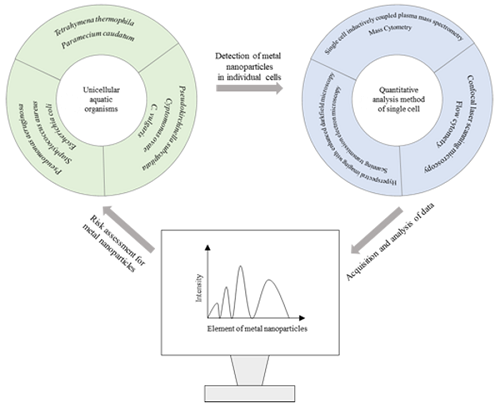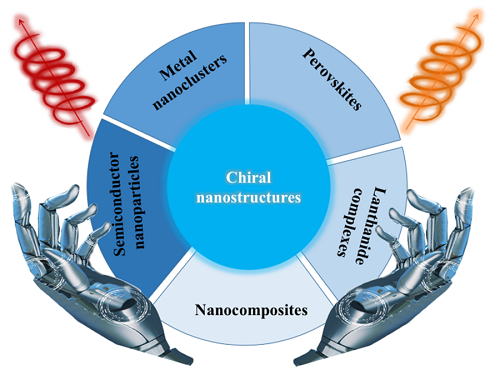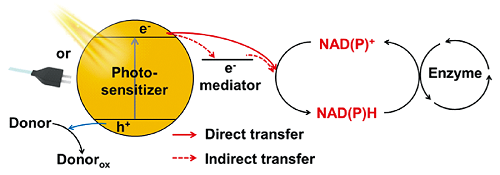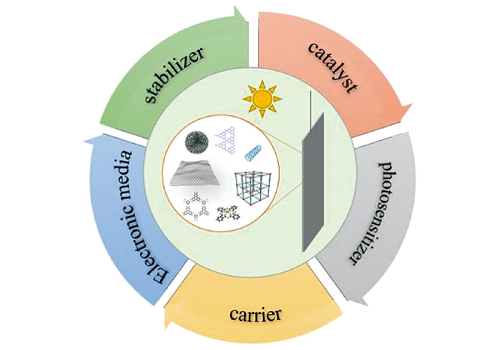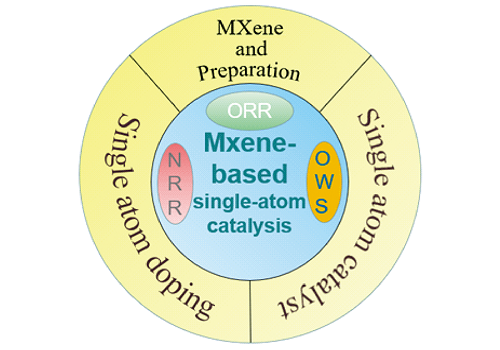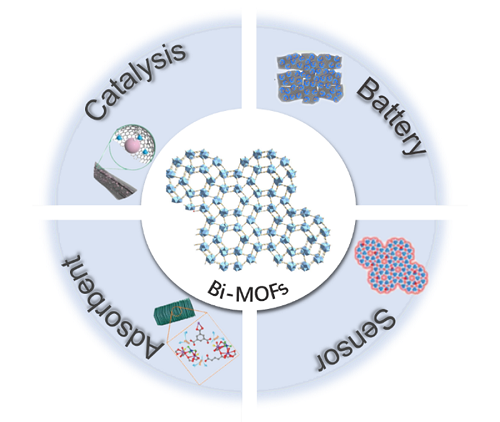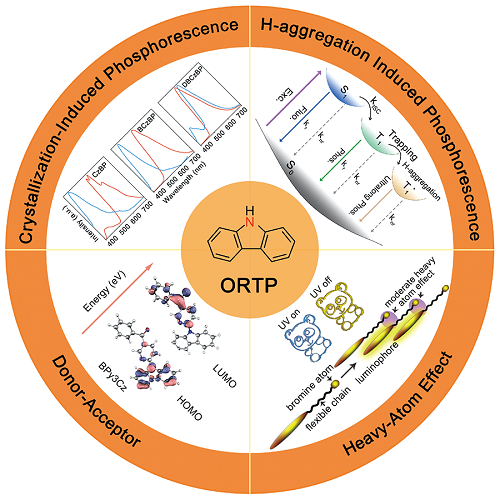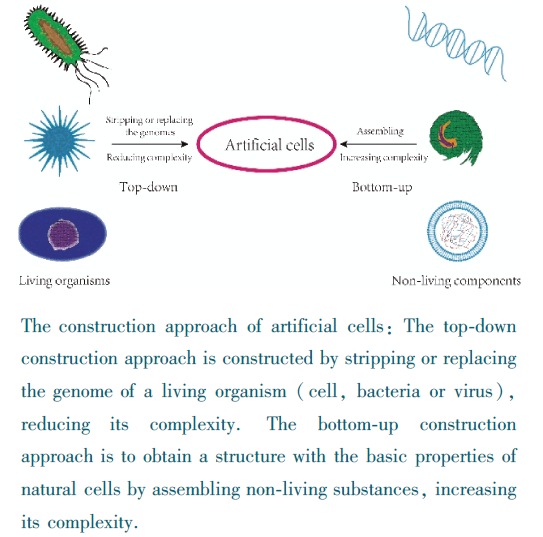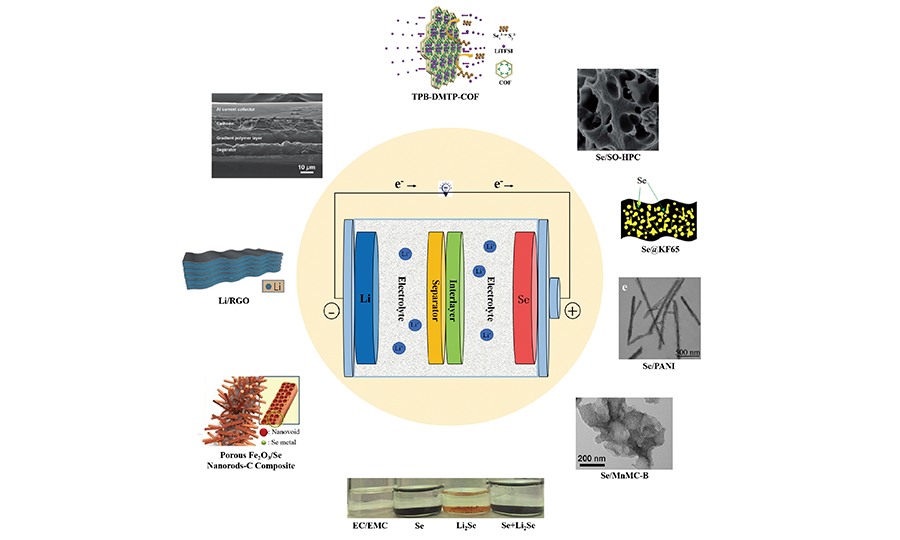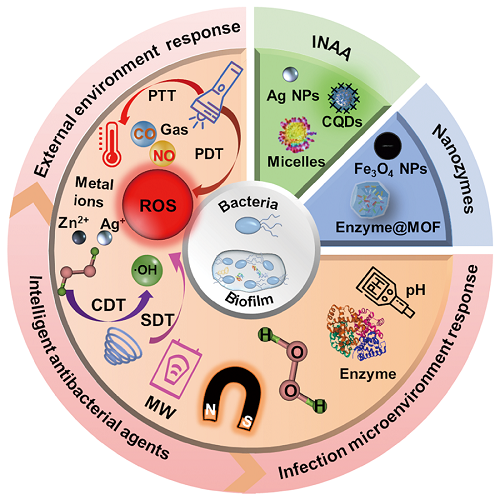Single-atom catalysts (SACs) have been attracting ever-increasing interest in the fields of both fundamental research and industry applications, for their unique advantages such as high atomic utilization efficiency, high activity, and high selectivity. On the other hand, the preparation of SCAs is still quite challenging. A proper carrier of the active atoms is crucial for the preparation of SCAs, which affects the stability, electron structure, and thus reactivity. MXene, a novel series of two-dimensional inorganic materials with large specific surface area, adjustable bandgap, superior electronic conductivity, as well as abundant anchor sites have emerged as an ideal platform for confining single atoms. Herein, the structural superiority and synthetic strategies of MXene as SCAs support are reviewed. The unique structure and property of MXene based SACs make the material superior for electrochemical catalysis. Here the reactions including hydrogen evolution reaction (HER), oxygen evolution reaction (OER), nitrogen reduction reaction (NRR), carbon dioxide reduction reaction (CRR), as well as battery energy storage are highlighted. Finally, the challenges and opportunities of MXene based SACs in the fields of research and practical applications are summarized and prospected. It is hoped that this review article could provide insights for the development of advanced MXene-based SCAs.
Contents 1 Introduction
2 Advantages of MXene as carrier material
2.1 Easy preparation
2.2 Easily controllable electronic energy band and conductivity
3 Synthesis of MXene-based single-atom catalysts
3.1 Defect vacancy anchoring
3.2 Strong metal-support interaction
3.3 Selective atomic substitution
4 Application of MXene-based single-atom catalysts
4.1 Hydrogen evolution reaction
4.2 Oxygen electrode reaction
4.3 Nitrogen reduction reaction
4.4 Electrocatalytic reduction of carbon dioxide
4.5 Used as a battery electrode
5 Conclusion and outlook










